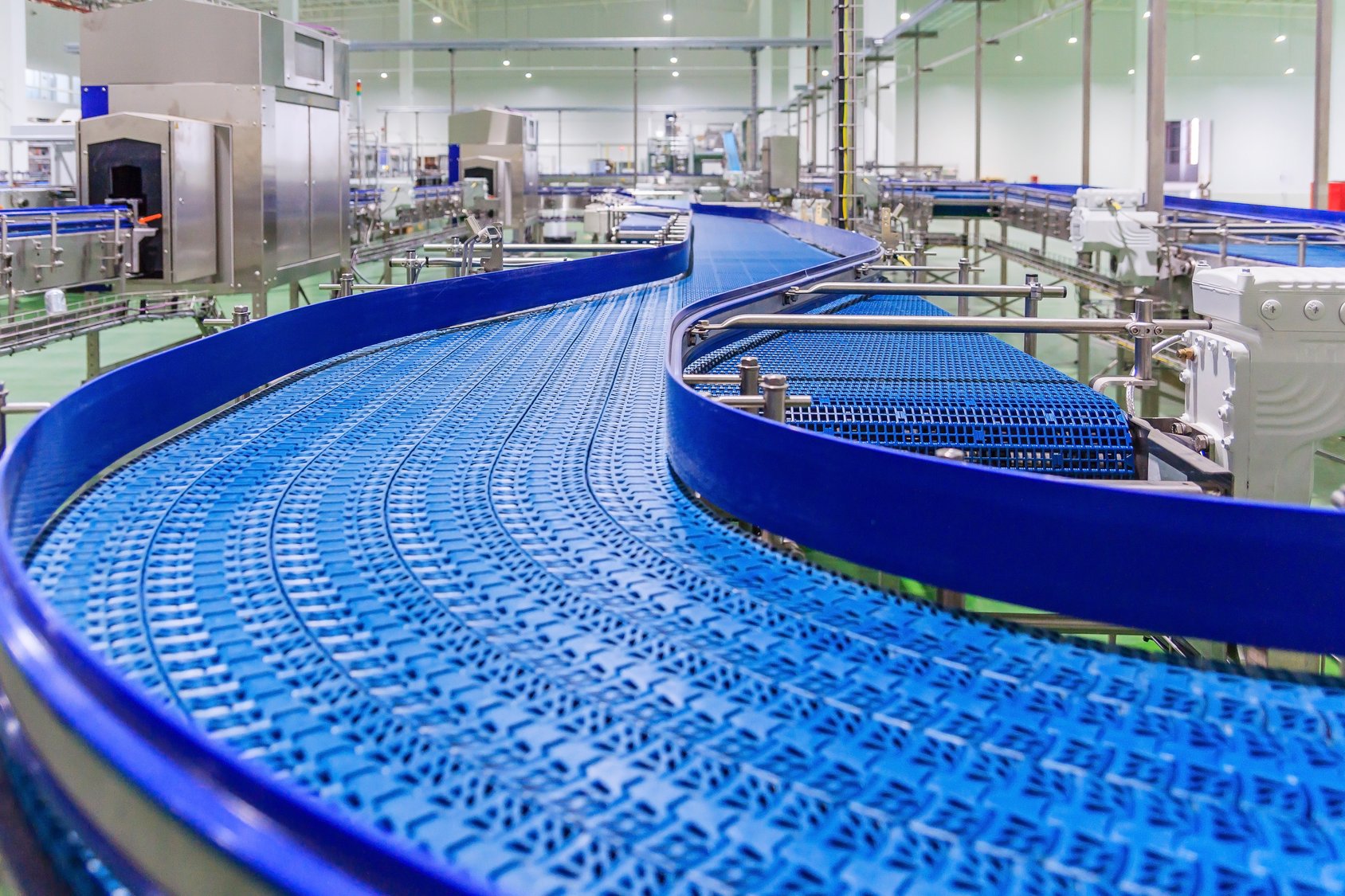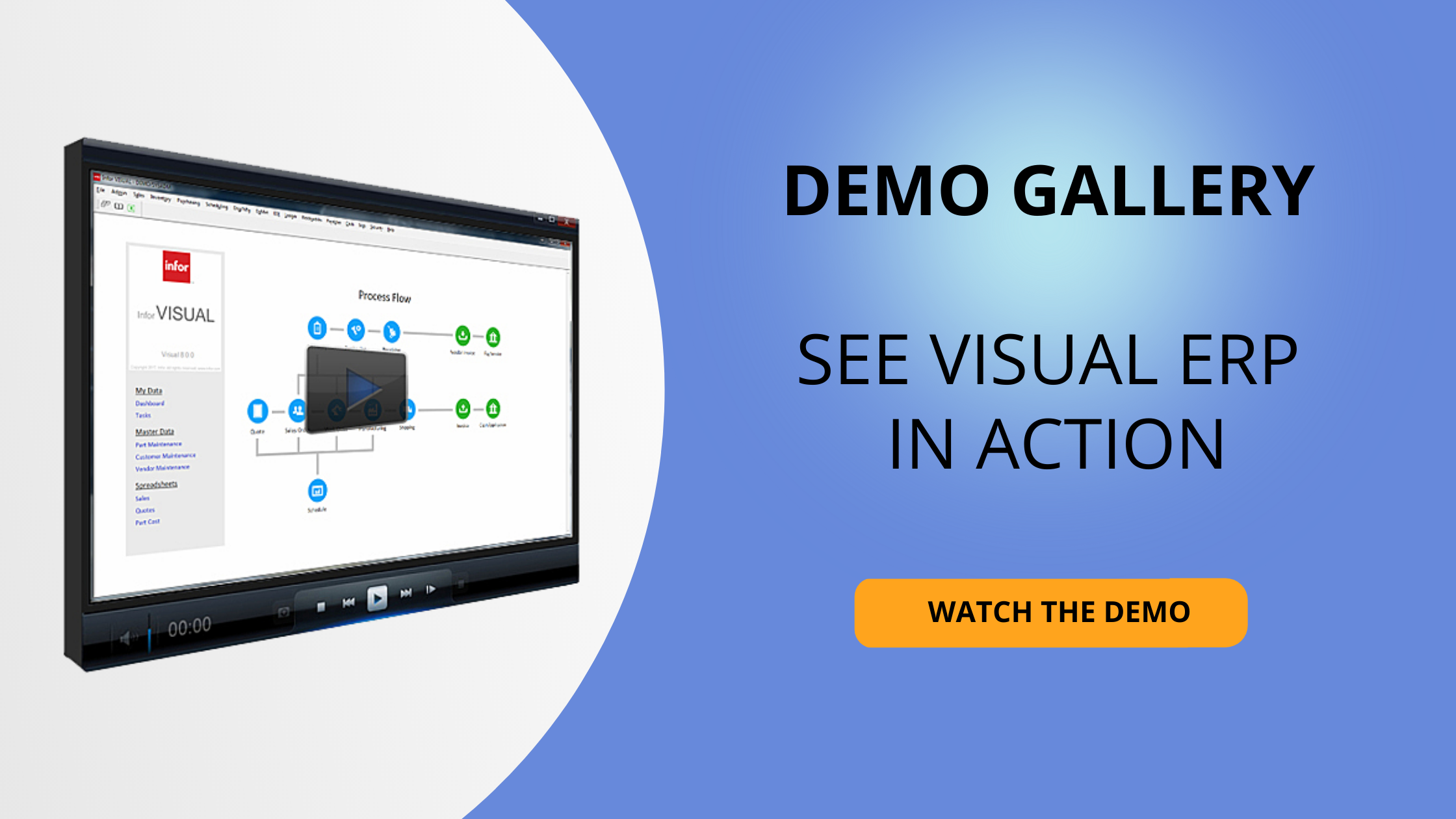Know what to make
Shop floor operators need to know what to make and when to make it. That sounds simple enough, and it can be with the proper tools. The process really starts upstream with a finely tuned ERP application that is using MRP, Forecasting, and Advanced Planning and Scheduling to properly plan what work orders are needed to meet demand.
Manufacturers who build-to-order typically have some form of routing which is the “map” for the product as it travels through the shop. Some less sophisticated companies still have operators manually documenting cycle times or actual run rates, either on the traveler or a time sheet. This is better than nothing, but physically writing things down is an inaccurate method for Shop Floor Control, especially when using time sheets, and not entering those times into the ERP system until the next day (or sometimes the end of the week).
A better approach, and what we typically see, is companies using a paper-based work order traveler with barcodes; operators clock in and out of jobs using barcode readers, and that drives real-time data back to the ERP. This method is good.
However, many of the advanced shops are adopting techniques and technology associated with Industry 4.0, where the paperless shop floor becomes a reality. This is the best method—a modern shop floor control system where supervisors use mobile devices to see what work orders are open, and which operators are clocked into specific jobs. Operators can access the application online while on the job using their web-enabled tablets or mobile devices. You’ll find that user-friendly and highly adopted applications are an asset, versus hindrance, for operators.
Related: Infor Factory Track Shop Floor Application
With Infor’s Shop Floor application, you will have the modern control system that is the most ideal approach for manufacturers. Operators will have the ability to see drawings, work instructions, material availability, what’s coming, and where to move product. Quality inspectors can use this same functionality to see inspection plans, and execute those inspections with their mobile devices.
Record what has been made and used
Capturing labor and issuing materials to work orders are fundamental components of proper shop floor planning, management, and control. Capture what you did and what you used when you did it.
Modern mobile applications integrated with ERP are critical. If you want to be competitive and know your costs, it’s best to have accurate work order costing…and the only way to gain that is with accurate job reporting. One such management application is VISUAL Shop Floor Mobile Shop Floor.
Related: Digitally Transform Your Processes with VISUAL Shop Floor Mobile
Benefits gained from proper shop floor control
Properly executed work orders with accurate reporting gives you immediate value.
Common Benefits:
- See work in process in your system without having to visit the shop floor
- Have accurate, real-time inventory visibility with counts and value
- Relieve the schedule as you report what’s been completed to the ERP system
- Help operators know what to accurately produce
- Allow supervisors to see everything happening on the shop floor, either from their office or the floor itself
Major Benefits:
- Improved delivery date accuracy because you can trust your shop floor data
- More accurate job costing, which in turn gives you profit by product, customer, and sales order
- Improved capacity management, as now you know (versus guess) about utilization
- Maximized current production capacity to be able to target specific areas of improvement due to trusted data
- Optimized inventory levels due to proper, real-time transactional data
Related: 6 Shop Floor Techniques Learned From 30 Years’ Experience
Summary
Visual South helps manufacturers leverage their Infor ERP applications better. Shop Floor Planning and Control is an area where incremental improvements can produce big benefits, whether procedural or technological. If you want to discuss the current issues you are faced with on the shop floor and ideas for improvement, please let us know. A great way to start off the process is to simply reach out and have a free 30-minute consultation.








